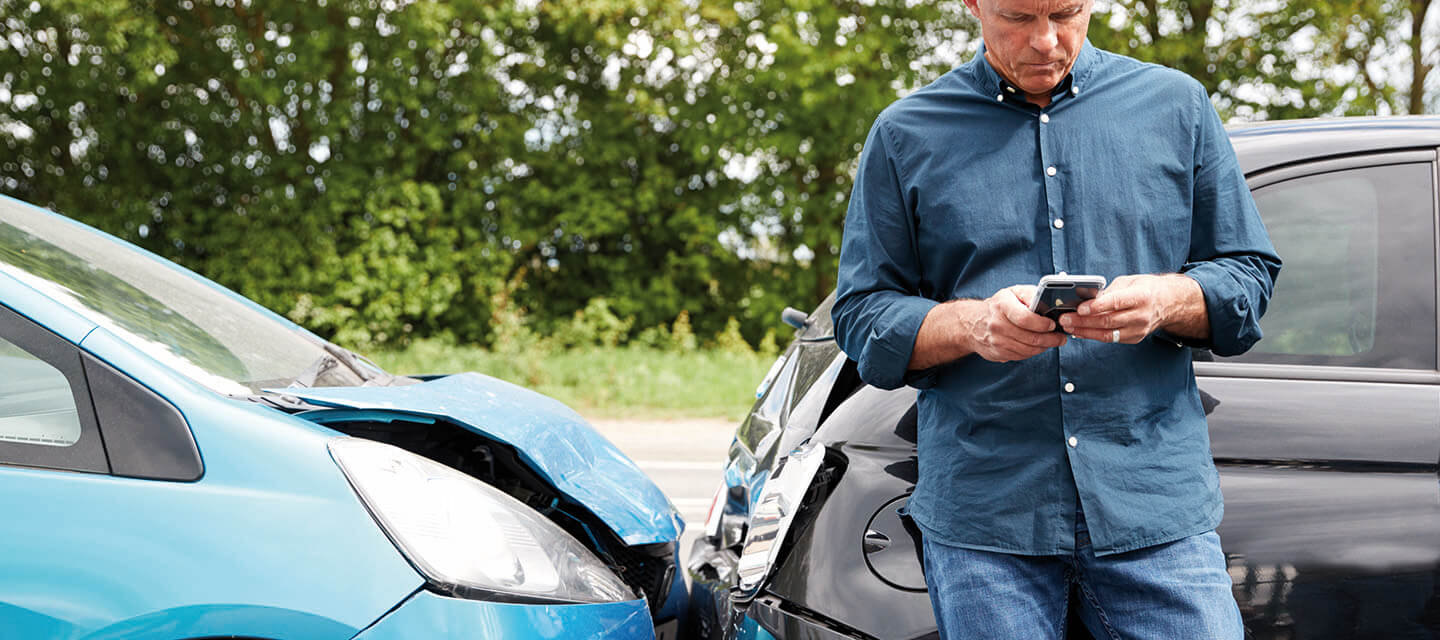

If you're involved in an accident and your car is badly damaged, it might be written off by your insurance company. Even if the damage doesn’t look too bad, it could still be declared a car insurance write-off if the cost of repairing it is likely to be higher than the car’s value. But that doesn’t always mean it’s destined for the scrapyard.
We’ll guide you through everything you need to know about car insurance write-offs, including the different insurance write-off categories, what happens if your car is written off and how to insure a written-off car.
If your car is a write-off, it means that it’s either been damaged beyond repair, or to the point that the cost of repairing it would be more than the vehicle’s worth.
Your car insurance provider will decide whether your car should be written off, and they’ll use the following categories to make their assessment.
There are four write-off categories: A, B, N and S (this changed from A, B, C and D in 2017).
Categories A and B can’t be repaired and have to be scrapped, whereas N and S are roadworthy if the correct repairs are made.
Category A cars can’t be repaired. The entire vehicle has to be crushed and can’t be used for parts.
If your car falls into this category, it can’t be repaired and has to be crushed, but usable parts can be salvaged from it and used as spares.
These cars have structural damage but can be repaired and driven again. All category S cars will need to be re-registered with the DVLA before being put back on the road.
Cars in this category are structurally sound but have cosmetic, electrical or non-structural damage that needs repairing before the car can be driven again.
You don’t need to re-register category N cars with the DVLA, but you’ll need to notify them that your car was written off.
If your insurance provider decides that your car is a write-off, ownership of the vehicle is transferred to them. Your insurer will pay you compensation based on the market value of your car, taking into consideration a number of factors including its age, mileage and condition. The compensation should be enough to replace the car with a similar make and model.
If your car falls into category A, it will be crushed. You'll be able to salvage parts from category B cars using a certified breaker, then the rest of the car will be scrapped.
Your insurer will usually deal with getting the vehicle scrapped for you, but you should follow these steps:
If your car falls into category N or S, your insurance provider can sell the vehicle on, either to a third party or back to you if you want to keep it.
To keep a category S vehicle, you’ll need to send the log book to your insurance provider and apply for a new one from the DVLA. This won’t cost you anything. You don’t need to do this for a category N write-off.
If your car is written off and you decide to keep it, the vehicle would only be insured once you get the necessary repairs completed. In fact, your insurer would require a valid MOT to be carried out – dated after the incident – to ensure that the car is roadworthy. As a Saga customer, you would have 45 days to do this (for a Cat N write off) otherwise the policy would be cancelled; for a Cat S write off, you would have 8 weeks.
If your car is written off, your insurance won’t automatically be cancelled but you can do this at any time. If the claim is deemed to be a ‘fault incident’ then no refund is given, but if it’s a ‘non-fault incident’, you would receive a pro-rata refund and no cancellation fee to pay. You can cancel your policy at any time.
Buying a written-off car can work out as a good deal and save you money, but only if it’s a category N or S vehicle, and only if it’s been repaired properly. Once repaired, the car will need to pass an MOT to ensure it’s safe to drive on public roads.
It’s a good idea to also get the car checked out by an independent expert or an engineer before you buy it. They’ll be able to identify any structural damage to the vehicle so that you know exactly what you’re buying.
If you’re a Saga car insurance policyholder and you’ve been involved in an accident, give us a call on 0800 001 5424
Whether you're looking for straightforward insurance or cover that's packed with extras, our car insurance has plenty of options for people over 50.


Choose our highest car cover level Saga Plus and freeze the price of your car insurance for 3 years if nothing changes. T&Cs apply.
There's plenty to explore and learn about our car insurance cover.

Get to know the ins and outs of our car insurance and how you can make the most of your cover

The UK has some of the best road trip destinations in the world. But which road trips are best suited to electric cars and the specific model you have? We’ve analysed things like distance and availability of charging points along the best roads the UK has to offer.
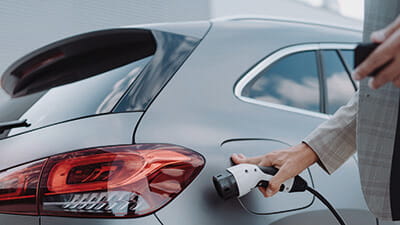
If you’re thinking of driving towards a greener future, here’s what you need to know about electric car insurance.

Find out which medical conditions have to be declared for car insurance and to the DVLA.

Explore the options before you buy if you’re planning to use your electric car for towing a caravan or trailer.

Understand how to earn and keep a No Claim Discount and how it can positively impact your car insurance costs.
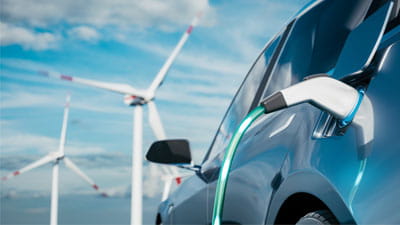
There’s lots of options to keep your electric car fully charged and ready to go so you can enjoy driving without worries.
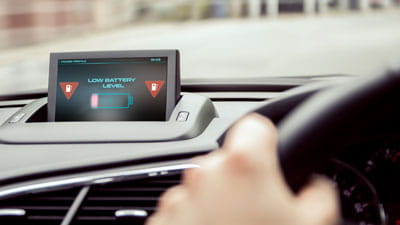
Are electric cars as reliable as petrol and diesel? Battery life needn’t be a barrier to switching.
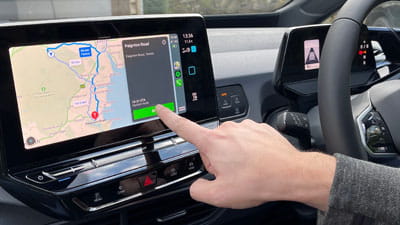
How do you know if your electric car charge is enough for your journey? We help you work it out.
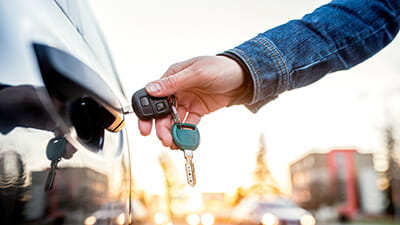
It’s never too late to improve your driving skills and enjoyment with advanced driving courses

Is your car premium going up? Here's why...and it's probably not what you think.
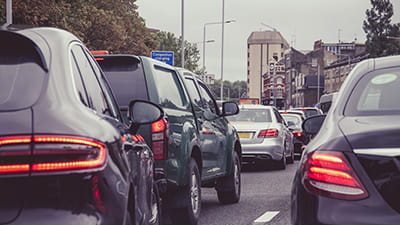
Find out everything you need to know about electric cars and the congestion charge in London.
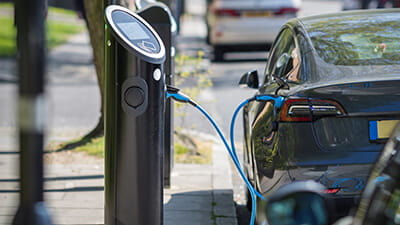
Discover the tax benefits that come with buying and driving electric cars.
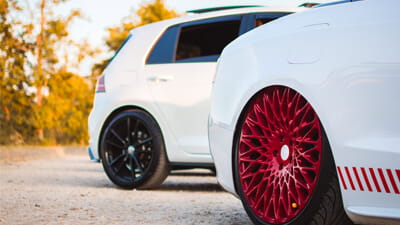
Check which car tax band your vehicle falls into using our handy guide.